Situated on the edge of the Baltic Sea in the far north of Europe, it is time to rediscover a Scandinavian capital and make a stopover in Helsinki. A young and dynamic wealth that is barely two centuries old. A city open to the sea, bathed in the white light of the polar regions.
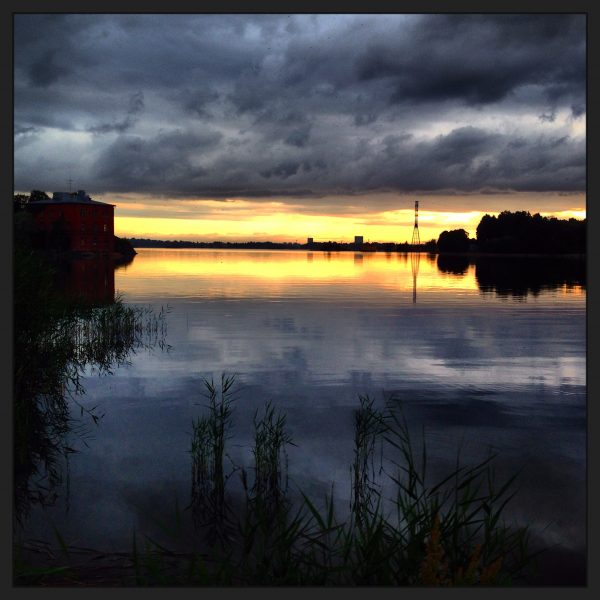
Although Helsinki is the country’s largest city, it is not extremely large and is very sparsely populated. The result is a pleasant city where you can cycle around and discover a diverse city. You can find different architectural styles as well as art installations. However, it is by taking an interest in Helsinki’s raison d’être that we understand the city and, above all, the mentality of the Finns. They are discreet, somewhat shy and cautious people. Because no matter what you say, climate and geopolitics affect people, regardless of their origins.
Understanding Finnish history

The architecture and very existence of Helsinki are, therefore, the result of two cumbersome neighbours. On the one hand, there are the expansionist Russians and on the other, the cumbersome Swedes—the swedes who used to dominate all the Scandinavia. Swedish hegemony was increasingly asserted at the beginning of the 17th century with Charles IX. Dominance reached its climax in the middle of the 17th century. In 1658, Sweden reigned over the whole of Finland, but also part of Russia. They did not forget about Europe, the annexation of some territories in Germany, the occupation of a large amount of Norway and some enclaves in the Baltic countries. The Kingdom of Denmark. is relatively unscathed but is regularly inflicted with military defeats. To understand Scandinavia, it is necessary to know the history of this part of northern Europe. To know that the Swedes imposed their will and military power on their neighbour. And so one understands a little better the relations between Scandinavians.
Finland’s independence came in 1809 with the end of the Russian-Swedish war. On this occasion, Russia seized many territories and “freed” Finland from Swedish influence. Then the country became autonomous after five centuries of Swedish occupation (1323-1809). However, it was not entirely free, as it came under the Russian administration. From that moment on, it was to undergo a real russification. It all began with the move of the capital from Turku to Helsinki. Indeed, the Russians, who were the ultimate strategists, considered that Turku was too close to the Swedish border. In the event of a Swedish attack, the Finnish government and institutions would immediately come under fire from the Swedish army and risk being quickly paralysed. The political, military and administrative command centre is therefore moving to Helsinki. At that time, Helsinki was only a medium-sized Finnish city whose existence would date back to the 15th century.
Finally free
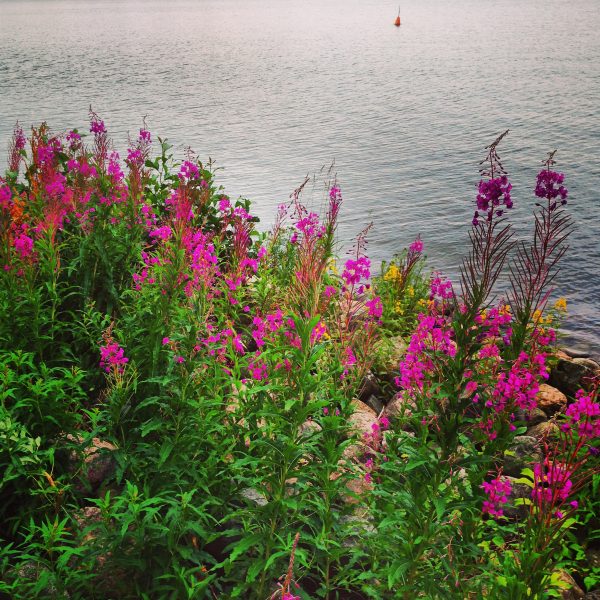
It was not until the Russian revolution of October 1917 that this country in north-eastern Europe finally gained its independence. Independence was marked by a civil war that lasted from 1917 to 1945. The tumultuous history of Finland and its borders ended with the invasion in 1939 by the USSR followed by a war of liberation against the Red Army. Despite the heroic resistance of the Finnish soldiers, the war ended with the loss of Karelia. Swampy territories in Eastern Finland.
Helsinki is, therefore, a capital city that was built within a few decades. Some people do not hesitate to say that Helsinki is a front city.
Stopover in Helsinki’s harbours
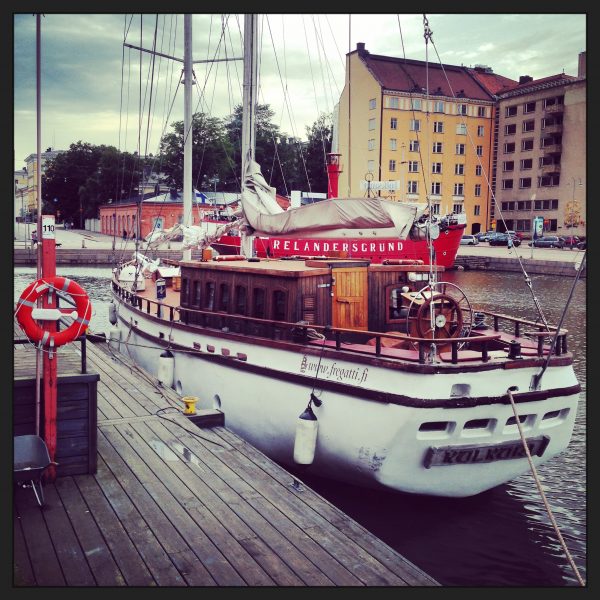
Summer is the most exciting time of the year in Finland. This is mainly because it is one of the most eagerly awaited times of the year. It’s a rather strange season when anything is possible, and it starts with a high point, Midsummer’s Day. An important festival in Finland because it is only a few dozen hours away from the summer solstice. In other words, it is one of the longest days of the year. St. Petersburg’s sleepless nights are still talked about, but its neighbour Helsinki is subject to the same climatic regime and luminosity. Helsinki’s sleepless nights under the (almost) midnight sun are a fascinating experience to discover. The beautiful Finnish capital is only 700 kilometers from the Arctic Circle.
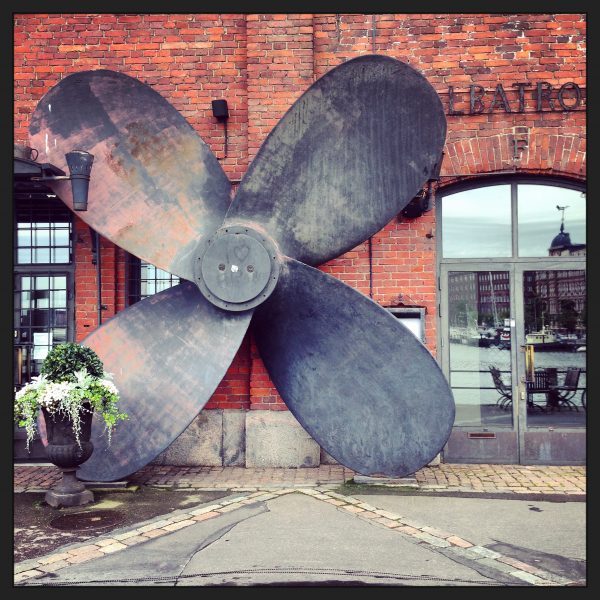
Helsinki is, therefore, above all, a capital open to the sea. You can see the horizon, and that changes a lot. You can easily protect yourself and imagine yourself taking to the sea to go on a trip. In fact, until the early 1990s and the fall of the Soviet regime, one of the ways out to Europe was the sea via ferries.
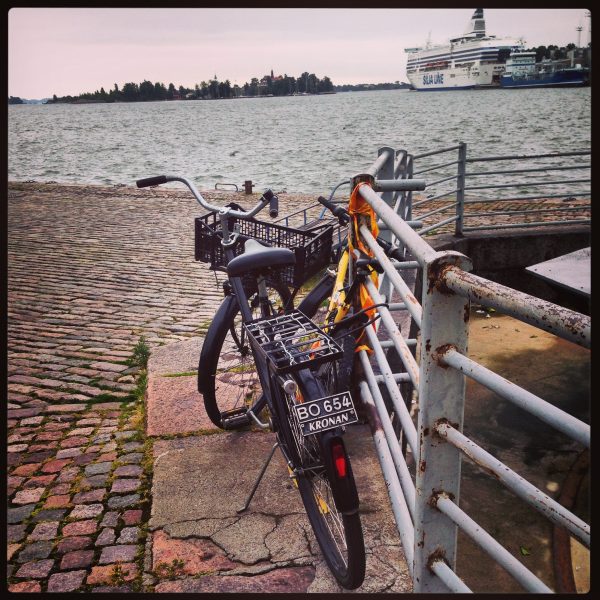
photo credits: Yann Vernerie